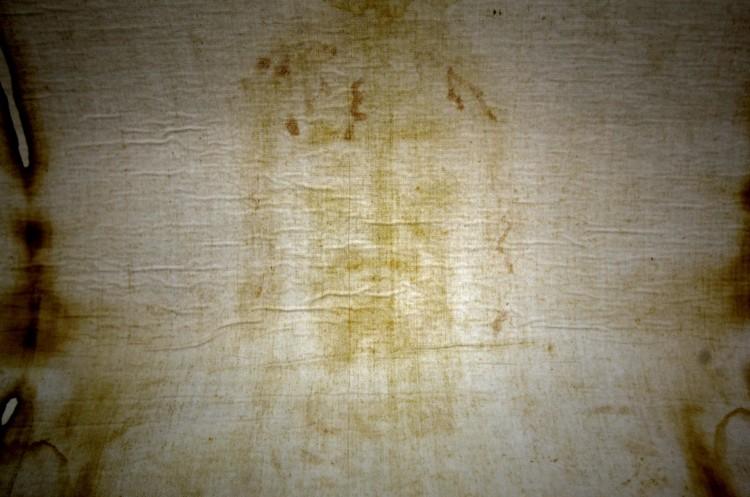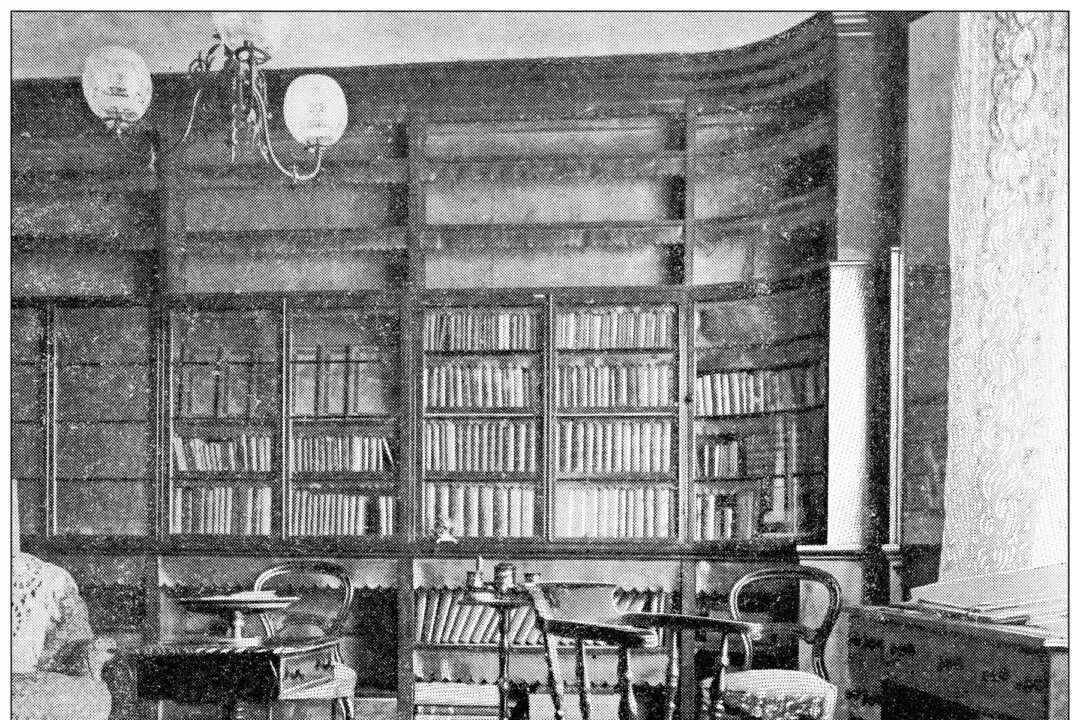The Shroud of Turin has once again taken centre stage, lighting up social media and sparking renewed debate over its authenticity.
This piece of linen, long revered as the burial cloth of Jesus Christ, bears a mysterious “photographic” image of a man who appears to have suffered the wounds of crucifixion. For centuries, it has been the subject of intense scrutiny, faith, and controversy.






